Maintaining the correct engine temperature is crucial for the health and longevity of your Yamaha outboard motor. The small but critical Yamaha outboard thermostat is pivotal in ensuring your engine operates within the optimal temperature range. Over time, thermostats can wear out or malfunction, making timely replacement vital. Whether you’re an experienced boater or a novice, this guide offers a straightforward step-by-step approach to replacing the thermostat in your Yamaha outboard motor, ensuring a seamless boating experience and peak performance.
The information in this article and the accompanying how-to video applies to Yamaha F115 outboard models.
What You’ll Need for the Job
- Yamaha outboard thermostat (specific to your Yamaha model)
- Wrench or socket set
- Flathead and Phillips screwdrivers
Why is it Important to Have a Properly Functioning Thermostat?
- Temperature Regulation: The primary role of a Yamaha outboard thermostat is to maintain the optimal engine operating temperature. Regulating temperature ensures the engine neither gets too cold nor overheats, providing just the right environment for efficient functioning.
- Engine Health: A well-functioning thermostat is key to preventing overheating. When the engine runs at the right temperature, it reduces wear on engine components, ensuring longevity and consistent performance.
- Fuel Efficiency: When an engine operates within its ideal temperature range, it burns fuel more efficiently. A functional thermostat, therefore, not only ensures smooth engine operation but also aids in achieving optimal fuel consumption, saving costs in the long run.
- Safety: An overheated engine isn’t just a performance issue. It can lead to potentially dangerous situations like fires or sudden engine breakdowns when out on the water. A working thermostat acts as a safeguard, minimizing such risks.
Understanding and acknowledging the critical role of thermostats in outboard motors is essential. This knowledge underscores the importance of regular checks and proactive maintenance, paving the way for enhanced boat performance and safer voyages.
Indicators of a Compromised Thermostat in Outboard Motors
Detecting early signs of thermostat issues in outboard motors can prevent costly repairs and ensure optimal performance. The following are signs of a compromised thermostat:
- Inconsistent Temperatures: Noticeable fluctuations in engine temperature can suggest that the thermostat isn’t functioning correctly, causing the engine to operate outside its optimal range.
- Overheating: If the engine consistently gets hotter than its standard operating temperature, it indicates a thermostat issue. Prolonged overheating can damage other engine components.
- Poor Fuel Efficiency: A malfunctioning thermostat can result in the engine not reaching or maintaining its ideal operating temperature, leading to increased fuel consumption and reduced performance.
- Engine Transition to Safe Mode: To prevent potential damage from overheating, the engine may automatically switch to a limited power or “safe mode.” This reduces performance but is a protective measure to safeguard the engine from excessive heat stress.
Recognizing and promptly addressing these warning signs is crucial. It ensures the longevity and optimal performance of outboard motors and safeguards against potential on-water hazards.
How to Change a Yamaha Outboard Thermostat
You’ll need the following:
- Yamaha outboard thermostat (specific to your Yamaha model)
- Wrench or socket set
- Flat-head and Phillips screwdrivers
- Clean rags
Step-by-Step Guide for Changing Your Yamaha Outboard Thermostat
Remove the Thermostat Housing:
- Ensure that the motor is off and the key is removed.
- Remove any components obstructing access to the thermostat housing (like cowling, air intake, or other parts).
- Using the appropriate wrench or socket, remove the bolts or screws holding the thermostat housing cover in place.
Remove the Old Thermostat:
- Carefully lift or pry off the thermostat housing cover.
- Note the orientation of the thermostat before removing it. This will help with the installation of the new one.
- Remove the old thermostat.
- Inspect the housing for any signs of corrosion or damage.
Clean the Thermostat Housing:
- Use a clean rag to wipe out the interior of the thermostat housing.
Install the New Thermostat:
- Place the new thermostat in the housing in the same orientation as the old one.
- If there is a retaining clip or screw, ensure it’s secured.
Reattach the Thermostat Housing Cover:
- Place the cover back onto the thermostat housing.
- Tighten the housing bolts or screws. Do not over-tighten.
Reinstall Any Removed Components:
- If you had to remove any parts to access the thermostat housing (like the cowling or air intake), reinstall them.
Wrapping Up: Ensuring the Health of Your Yamaha Outboard Motor
In conclusion, the thermostat is more than just a minor part of your Yamaha outboard motor; it’s a guardian ensuring the engine operates efficiently and safely. Regularly checking and, when necessary, replacing the thermostat can prevent costly engine repairs down the road.
With the right tools, patience, and following the outlined steps, even those less familiar with outboard mechanics can confidently tackle this task. However, always remember that consulting the service manual or seeking expertise from a seasoned mechanic is the best course of action if you need clarification.
**Important Note**
Always consult your engine’s owner’s manual for instructions and information specific to your engine. If you need clarification on changing a thermostat, consult a Yamaha-certified mechanic.
PartsVu and Platinum Mobile Marine Partnership
Huge thanks go to Frank Cutri, the owner and operator of Platinum Mobile Marine, a mobile mechanic service serving the Lee County, Florida area, for partnering with PartsVu on the Boat Maintenance Matters series.
Together, we are working hard to build a library of step-by-step instructions on common outboard motor repair and maintenance tasks.

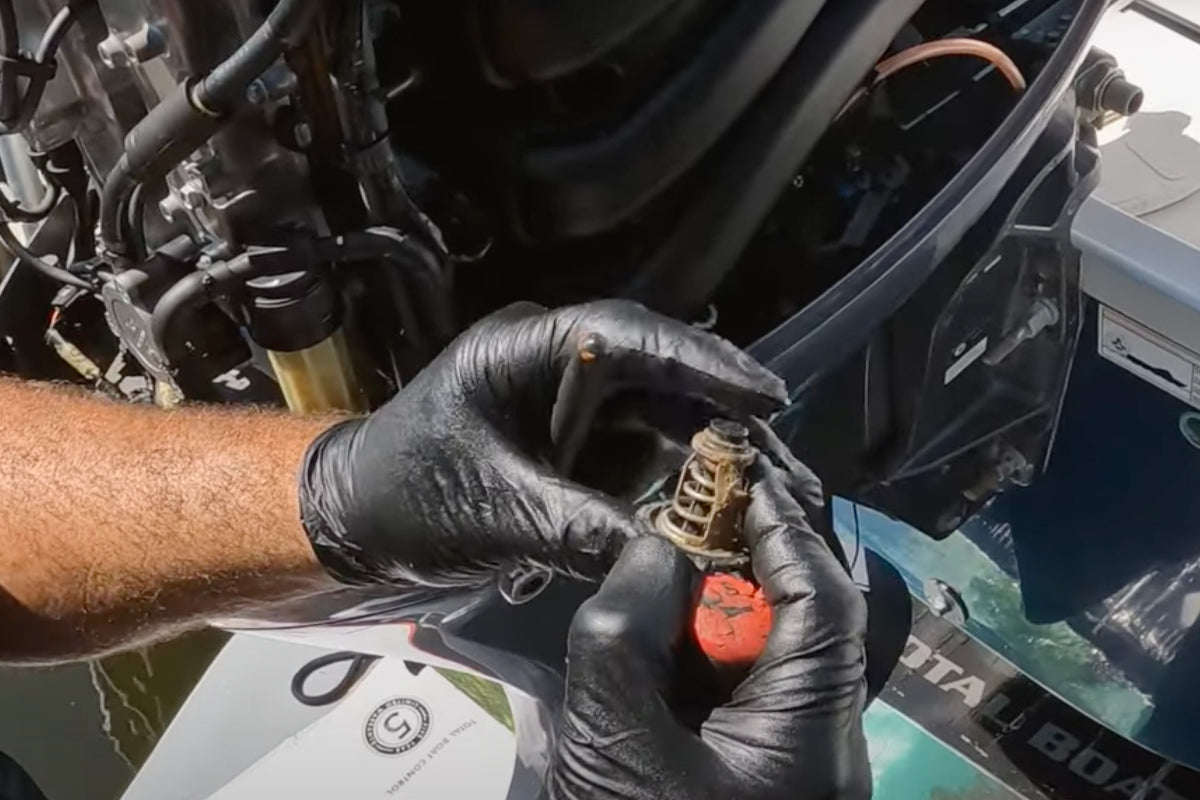

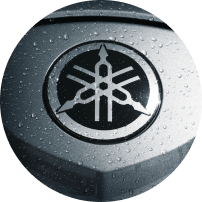
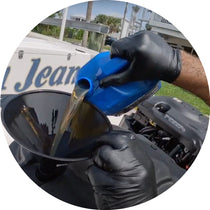
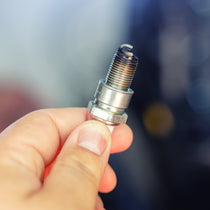
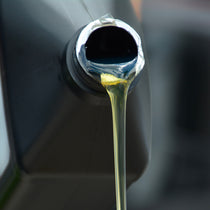
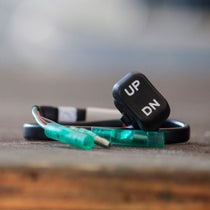
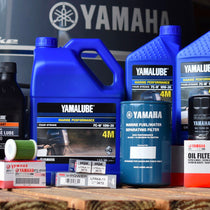
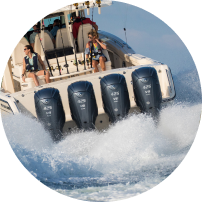

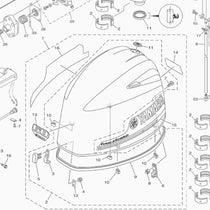











1 comment
Outstanding advice. Thank you.